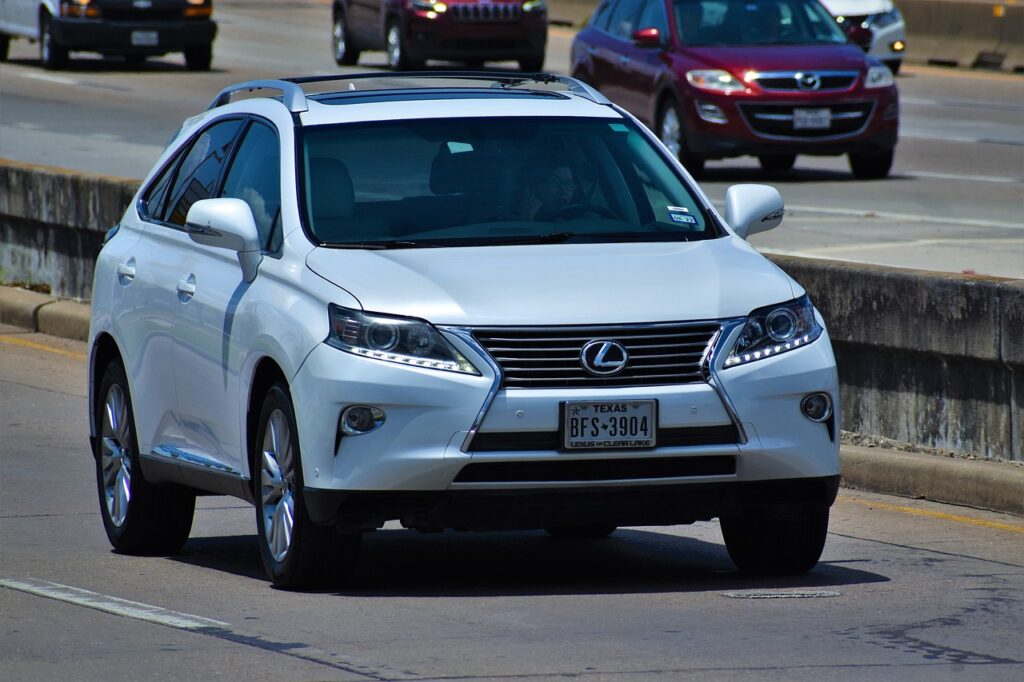
Picture this: you’re cruising down the highway, enjoying your favorite song on the radio, when your phone buzzes with a notification. Without thinking, you pick it up to check the message. In that moment, your attention shifts from the road to your phone, and that split-second decision puts you and others at risk. Distracted driving is a pervasive issue that poses serious dangers on the roads. In this blog, we’ll explore the various forms of distractions, their consequences, and provide practical tips to help you avoid common pitfalls and prioritize safety behind the wheel.
- What is Distracted Driving?
Distracted driving occurs when a driver diverts their attention away from the task of driving, even for a brief moment. Distractions can be visual, taking your eyes off the road; manual, taking your hands off the wheel; or cognitive, taking your mind off driving. Using a mobile phone, adjusting the radio, eating, or engaging in conversations are common examples of distractions that can lead to tragic consequences.
- Understanding the Consequences:
The consequences of distracted driving can be devastating. It not only endangers the driver but also poses a threat to passengers, pedestrians, and other road users. Distracted driving is a leading cause of accidents, injuries, and fatalities worldwide. The National Highway Traffic Safety Administration (NHTSA) reports that in the United States alone, approximately nine people are killed, and more than a thousand are injured every day due to distracted driving.
- Types of Distracted Driving:
a) Visual Distractions:
Visual distractions involve taking your eyes off the road. This can include looking at your phone, reading a text message, adjusting the GPS, or gazing at an attractive billboard. Even momentary glances away from the road can significantly increase the risk of a collision.
b) Manual Distractions:
Manual distractions require taking your hands off the steering wheel. This may involve eating, drinking, grooming, or reaching for objects within the car. Removing your hands from the wheel reduces your ability to respond quickly to unexpected situations.
c) Cognitive Distractions:
Cognitive distractions occur when your mind wanders away from driving. Daydreaming, deep conversations, or being preoccupied with stress can impair your focus and reaction time.
- The Perils of Phone Use While Driving:
Using a mobile phone while driving is one of the most dangerous forms of distraction. Texting, making calls, or browsing the internet diverts your attention from the road, significantly increasing the risk of accidents. According to the NHTSA, texting while driving is six times more likely to cause a crash than driving under the influence of alcohol.
a) Put Your Phone Away:
Place your phone in silent mode or turn it off completely while driving. If you need to make an urgent call or respond to a text, safely pull over to the side of the road before doing so.
b) Set Up Navigation Beforehand:
Program your GPS or navigation system before you start driving. Familiarize yourself with the route to minimize the need for adjustments while on the road.
c) Avoid Multi-Tasking:
Driving requires your full attention. Avoid eating, grooming, or engaging in any activities that take your focus away from the road.
d) Secure Pets and Belongings:
Keep pets safely restrained in the backseat, and ensure that loose belongings are securely stored to prevent them from becoming distractions.
e) Limit Passengers:
Having many passengers in the car can lead to conversations and activities that may distract the driver. If possible, limit the number of passengers to minimize distractions.
f) Stay Focused on the Road:
Mentally commit to keeping your focus solely on driving. If your mind starts to wander, bring your attention back to the task at hand.
g) Educate Others:
Promote safe driving practices within your community and among your friends and family. Encourage others to prioritize safety over distractions while driving.

Conclusion:
Distracted driving is a preventable danger that threatens the safety of everyone on the road. By understanding the types of distractions, acknowledging the consequences, and adopting safe driving practices, we can collectively reduce the risk of accidents and protect ourselves and others. Remember, it only takes a split-second of distraction to cause a life-altering incident.

Make a commitment to drive distraction-free, and set an example for others to follow. Let’s prioritize safety, stay focused, and make our roads safer for everyone. Together, we can avoid the common pitfalls of distracted driving and pave the way for responsible and attentive driving. Safe travels!